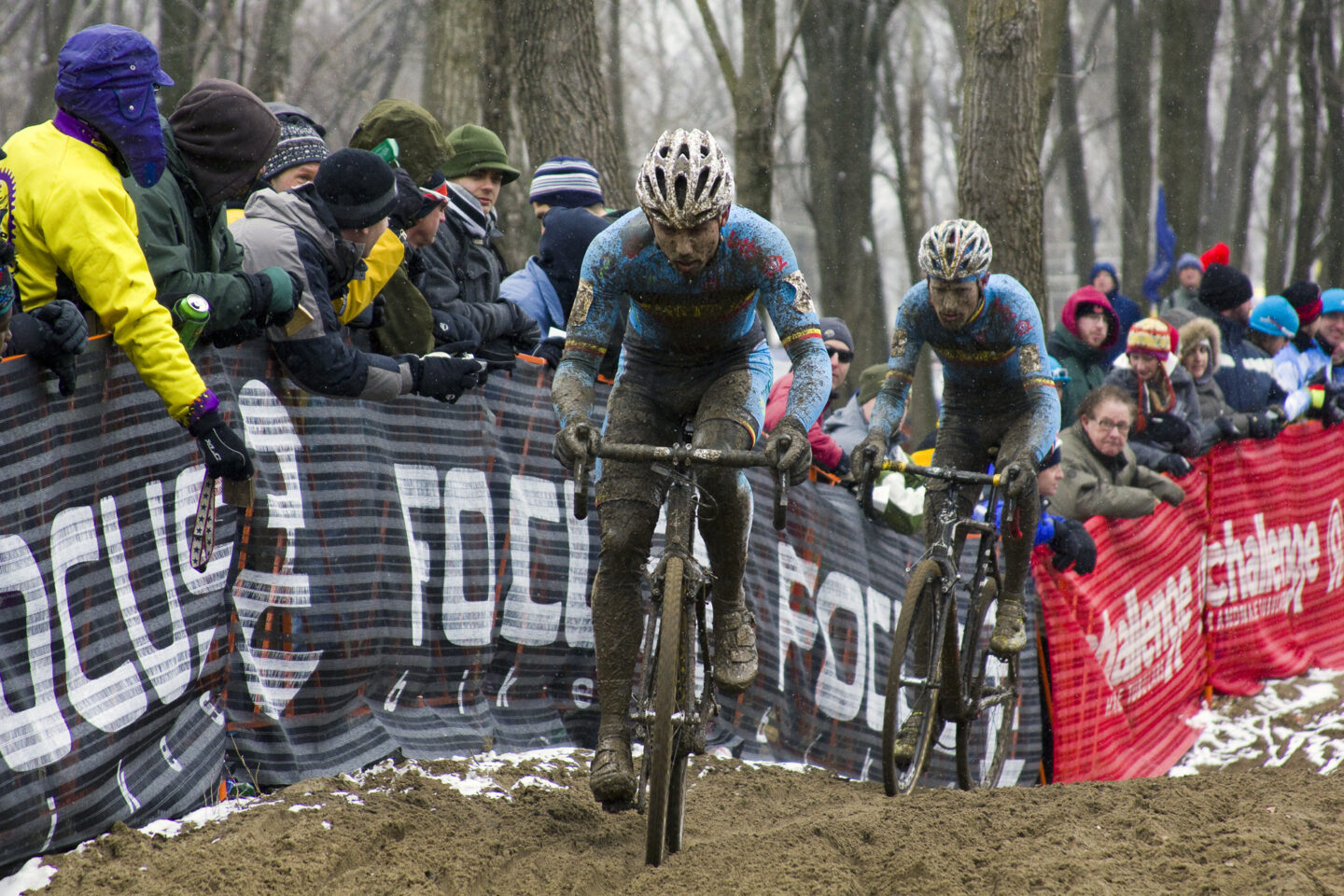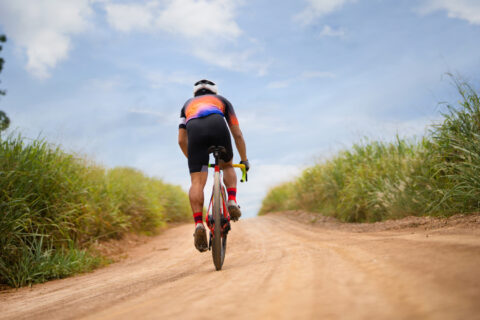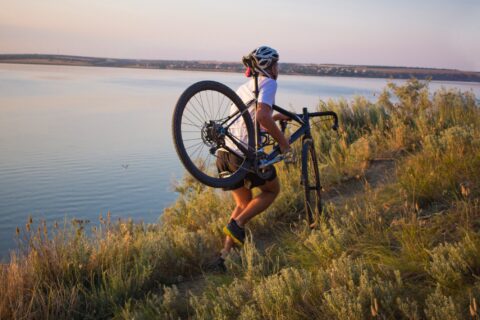Coach Julie Young breaks down the art and training of cyclocross—from training to skills, racing to drills.
Coach Julie Young breaks down the art and training of cyclocross—from training to skills, racing to drills.

Coach Julie Young breaks down the art and training of cyclocross—from training to skills, racing to drills.

Coach Julie Young breaks down the art and training of cyclocross—from training to skills, racing to drills.

If you’re new to cyclocross, try this workout to tailor your fitness to the unique needs of the sport.

To earn those high-fives and mud-streaked grins, let’s engage in a workout to tune up your skills.

Whether by yourself or in a group, you can use these cyclocross games to train for the unique demands of the sport ahead of the season.